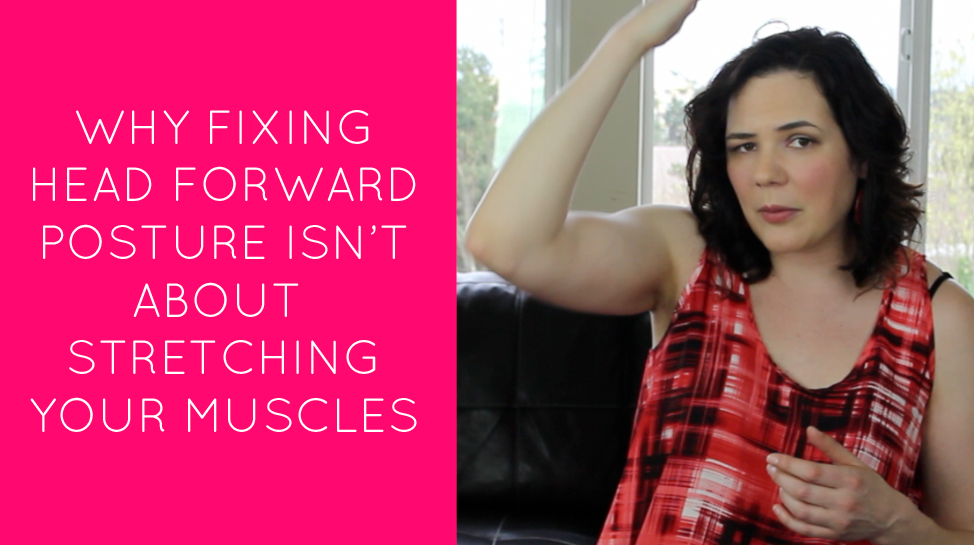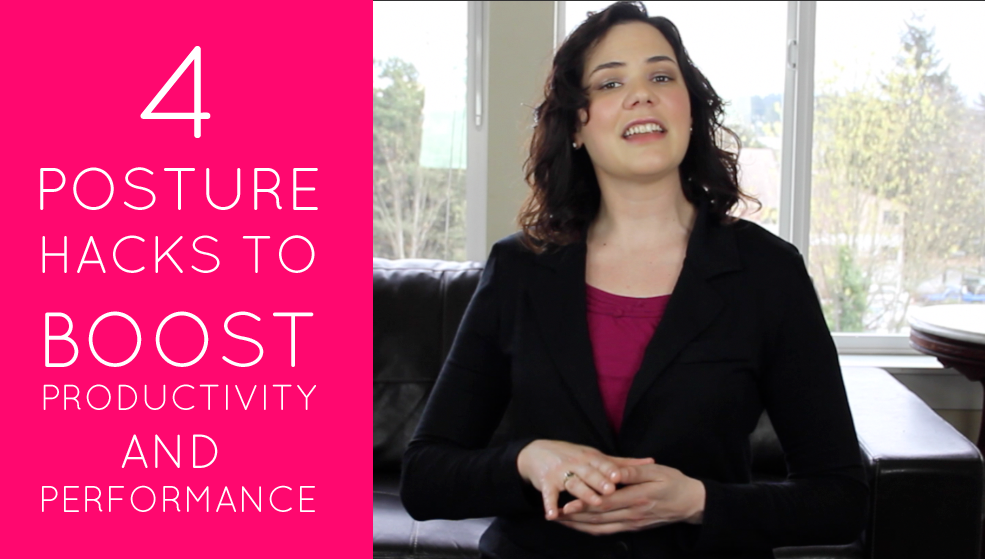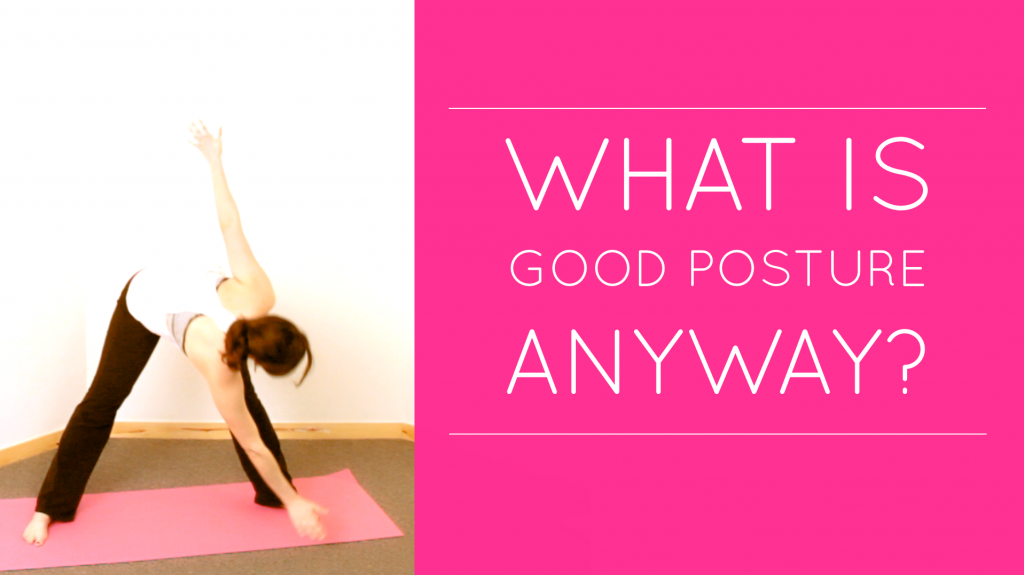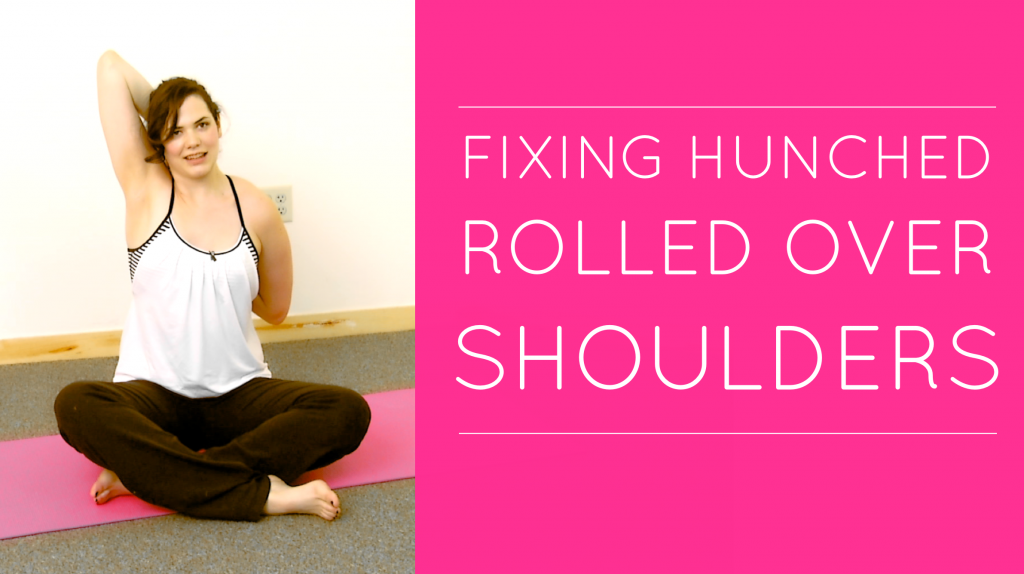Picture this:
A wild mustang, inside a corral. The fences, six feel high because he’s never known limitations on his roaming. A halter jingles loosely around his wooly ears and muzzle, the short lead whipping in the breeze as he trots around his enclosure.
Burrs and mud cake the tangled mane twisting across his withers, roping all the way down to his knees. Sopping wet dirt congeals on the black feathered fur around his hooves and twigs tangle his tail.
He snorts, drops his nose to the ground, takes a couple of sniffs before lifting his eyes, glancing left, right and seeing nothing familiar, prances a bit, getting a feel for this new small space.
You stride through the gate and the horse shies to the far end of his pen, observing your movements with a wary mistrust.
You’ve been tasked with gentling this wild animal, a creature who has never known a human touch, who has never felt the pressure of a bridle or a saddle. How will you gain his loyalty?
There is a saying in horses that if you lead only by intimidation, the horse will never truly trust you. There will always be something in the world that’s scarier than you (and when he encounters that thing, he’ll happily leave you behind to get eaten by a bear or consumed in a fire, escape his only priority).
It stands to reason, right? If you simply beat the horse until he gives in, starve him until he comes to you desperate for food, use overly harsh chains and whips and spurs to motivate him, eventually a bigger bear is going to come along and he’s going to have zero faith that you’ll save him.
When you teach an animal – and make no mistake, humans are animals – to be motivated by fear, when that scarier thing shows up, the animal will forget all loyalty and make for the hills.
Good leaders inspire follow-you-over-the-cliff-to-your-death loyalty. You’re not going to get it by yelling and screaming and beating your chest. It’s not about being the biggest and baddest; it’s about being the safe harbor in the hurricane.
Imagine what it feels like to find that home base when danger has its jaws around your neck. Relief, relaxation, the tension melting out of you, you’d sigh deeply, exhaling the air you were afraid to let go of.
That’s what it’s like to be around a person of authority. I’m not talking about the people who posture and swagger, trying to impress upon you their importance, or know-it-alls who like to tell you how it is, ears closed to the opinions of others because they’ve “done the research.”
Those folks don’t make you feel calm. They make you feel uptight and fearful. One wrong move and they might strike.
You can’t be yourself around them.
But a person who is relaxed, centered and comfortable-in-their-own-skin confident? Makes you feel the same. Like you can breathe again. Like it’s okay to be your unedited self.
You win trust by being the rock that everyone else clings to.
That mustang? A wild creature of the land? If you show him he can trust you, he’ll be your partner for life.
So, how can you broadcast this quiet confidence, this solid, reliable nature? Words matter, of course, and what you say will hold weight.
But what you might not know is that every statement you make is punctuated by physical movements that either support your words or rip the punch right out of your points.
Let’s take a look at five ways you could be sabotaging your authority and learn how you can use posture to not only feel more confident but gain the confidence of others, too.
1. The Shoulder Shrug
There is, perhaps, no part of the body that conveys your inner beliefs better than your shoulders. Hunched and rolled forward, they can signal depression or low self worth. Harshly stiff and braced, they tell the world of a stoic, unyielding nature.
But shoulders have much more to say than just their first impression. They can broadcast unconscious fears or doubts about your own statements. One woman that I worked with – smart, well styled and professional, I might add – accented each statement she made with a little shoulder shrug.
This robbed her words of impact, making it seem like she didn’t really believe what she was saying, or maybe that she didn’t have the authority to make her assertions. Ordinarily, this woman’s “posture” was lovely – upright, shoulders back. That wasn’t the problem; it was that she ducked her chin and hunched her shoulders ever so slightly at the end of every sentence.
This behavior is sooo much more common in women than in men. We could go on about all the reasons why, but I’ll leave that for another day. Fortunately, the fix is pretty easy.
Stand in front of the mirror and practice making strong statements. You can refine the major points of your keynote speech or even just practice choosing what you want for dinner (people pleasers, this exercise is for you!).
Keep your shoulders down and chin up (level with the floor, don’t lift your nose or jaw above parallel as that conveys snobbery, feeling like you’re “above” the people to whom you speak). Make the statement and then take a deep breath in, letting your shoulder blades drop down your back on the inhale (they should not lift on the inhale and fall on the exhale).
Smile, because you just made a confident statement laden with authority, sans chest beating, voice raising or other such nonsense that never gets results.
2. Tight Eyes
Of all the places you store tension in your body, you likely never think about it being in your eyes. But oh, eyes can be so, so tight. In fact, your eyes are deeply connected to balance because staying upright is an evolutionary advantage. Keeping your eyes high and able to scan the horizon for predators and prey alike is pretty damn important to survival (your body hasn’t figured out that there’s a Starbucks on every corner yet).
If you lie on your back and put your fingers just underneath your skull, you can feel the muscles there twitch as you move your eyes back and forth. They’re responding to movement, preparing to keep you balanced on your two feet. So, you can immediately see that eye tension will have an effect on neck pain and tightness….
But also, when you’re focusing really hard on something, it’s easy to strain your eyes as though you could push them out of your head toward the thing upon which you’ve trained your brain laser. The optic nerve is directly connected to the brain, so relaxing the eyes will relax the brain (and vice versa).
That eye-popping gaze you’re training on the people around you can make them feel like bugs under a magnifying glass, or at least cause their (subconscious) brains to wonder where the threat is. Basically, it sets them on edge even if they don’t really know why.
To reverse this pattern, simply lie on your back with your eyes open and soft. Let your eyeballs feel heavy, as if they were marbles resting into hollows. Let gravity pull them toward the floor. Breathing deeply helps, too.
Then, with a soft gaze, let light come to your eyes. That’s actually how we perceive the world anyway – the light reflecting off of objects comes into your eye and you see a “thing.” You can’t see it faster by pushing your eyes toward the object, so let the light reflecting off of the ceiling and whatever objects fall into your visual field travel passively to you.
Not only will you be more relaxed in body and brain, but you’ll put others at ease around you.
Behold, a new, more confident you!
3. Leaning In (or Away)
You know the saying “on the edge of your seat?” It denotes excitement and anticipation, eagerness for what’s to come. But when you literally sit on the edge of your seat, leaning forward, getting your shoulders and torso ahead of your midline, it can come across as being overly eager to please. It’s the posture of someone who has forgotten themselves, who isn’t centered here in the present moment.
On the flip side, leaning back, slumping or slouching can convey that you’re withdrawn, protected and guarded, certainly not open to input or feedback.
You’re most “in your power,” so to speak, when your body is well centered and upright, not leaning too far in, nor pulling back and away. In this stance, you’re fully occupying your personal space, you appear present and confident and you’re neither too eager to please nor closed off and rigid.
It’s a strong yet open posture.
To find this magical centered place in your own body, it’s easiest to start in a seated position. Choose a chair that puts your hips slightly higher than your knees and rock your pelvis back and forth until you find the two prominent bones at the bottom, called your “sits bones” or, more technically, ischial tuberosities.
From this place, imagine a thread pulling the top of your head upward. Be careful not to lift your chin – you don’t want to hold yourself up with your neck and face. Instead, imagine this thread runs through your head, down the front of your spine, all the way to those bones you’re sitting on.
Shift your weight back and forward a little bit, playing around with what feels the most centered. I don’t recommend using a mirror for this as connecting to the internal sensation both ingrains the position more solidly in your nervous system and allows you to find what feels the most centered for you. There’s no one perfect place for everyone as all of us have differently shaped spines.
You may notice neck, shoulder and lower back tension dissipating as well as a feeling of calm centeredness.
Sidenote: The purpose of this one isn’t to get you ramrod straight and stiff as a board. If you’re feeling rigid, you’re trying too hard. Let that imaginary thread do the work and your muscles relax. This could take practice, depending on your personal patterns of tension, so be patient with yourself.
4. Rolling the Arm Inward
We’ve already addressed the miniature shoulder hunch that can sabotage you statements, and I’m sure you’re no stranger to the idea that hunched shoulders convey depression or insecurity, among other self deprecating emotions.
But what you may not know is that pulling your shoulders back, back, back will have very little effect on your posture – and the messages you’re sending – if you don’t address this little problem.
You see, shoulders back is good, but it takes a lot of tension to pull against something that’s tight. Which is why so many people are complaining about their bad posture but feeling unable to do much about it.
You yank your shoulders back and as soon as your brain shifts focus to something else, they’re hunched forward again, sabotaging not only your authority but every photo your aunt Sally tags you in on Facebook.
Frustrating, no?
Fortunately, you can open those shoulders with this little trick. When shoulders are rolled forward, usually the humerus – upper arm bone – is, too. If you look at yourself standing in front of the mirror, can you see the backs of your hands?
If yes, then you test positive for a medially rotated humerus, which is different from having a twisted sense of humor, by the way.
This one might be the simplest fix yet. Just roll your hands so your thumbs are showing in the mirror and imagine there’s a string drawing your elbows toward each other behind your back (think magnetizing so your elbows are attracted to one another, not clenched to your sides).
Voila, open shoulders! Wasn’t that easy?
5. Locked Knees
No one talks about your knees, especially not regarding posture. I mean, what is there to say about them? They’re there, they hold you up, and as long as your legs are straight, all is well, right?
Not exactly. Knees send a subtle signal that no one (at least not that I’ve met) is aware of. When you’re stressed or overwhelmed, when nerves crawl up your spine and plant jumping beans in your belly, you will lock your knees.
Pulling your knees behind the vertical line shoves your femur (thigh bone) up into your pelvis, putting pressure on your lower back.
But more than that, it effectively cuts you off right at said knee joint. You no longer feel the ground. All your energy is held high. In classic hippie terms, you’re not grounded.
It’s as though your brain is saying, “This situation is too much for me, I can’t be all here for this, it’s too overwhelming, too fast, I want out.” And so you tighten your feet, pulling upward, as though you could hover just above the ground.
And people sense this, though they wouldn’t be able to tell you what they’re seeing, most likely. They might say they had a “gut feeling” or intuitive hit. But yeah, your audience reads this loud and clear, and it causes them to not want to be present either. So, you get a lot of highly charged nervous systems all in the same room, bouncing around off the walls, nobody standing firmly on the ground.
It’s not a recipe for trust and confidence, that’s for sure.
You know how language mirrors life? We have a lot of metaphors for being grounded, like she’s got her feet on the ground, or he put his foot down on this one. It means to stand firmly for something, to be thoroughly connected, solid and trustworthy.
And getting yourself reconnected is a snap. Simply micro bend your knees and notice how your calves, feet and ankles relax, as does your low back. You might feel like you’re walking around in a squat position, but no one else is going to even notice this teeny, tiny unlocking of your joint.
What they will sense is how calm and centered you seem. I’ve had people tell me – at times in my life when I’ve been so overwhelmed and stressed I didn’t know which way was up – that I had such a calming, soothing influence on them.
That unflappable nature? It’s all about being grounded, people. And it’s not rocket science.
And so you have it, five things you can do right now to up your confidence – both for yourself and for the people who follow your lead. Put even one of these tips into practice and I truly guarantee you’ll feel better in body and mind (and don’t be surprised when that has a positive ripple effect through your life!).
P.S. Should you ever find yourself actually taming a wild mustang, keep this article close for reference material! Horses are masters of body language so any little tip helps (though they’re the better teachers, honestly).
[sc name=”ppfl-cta”]



